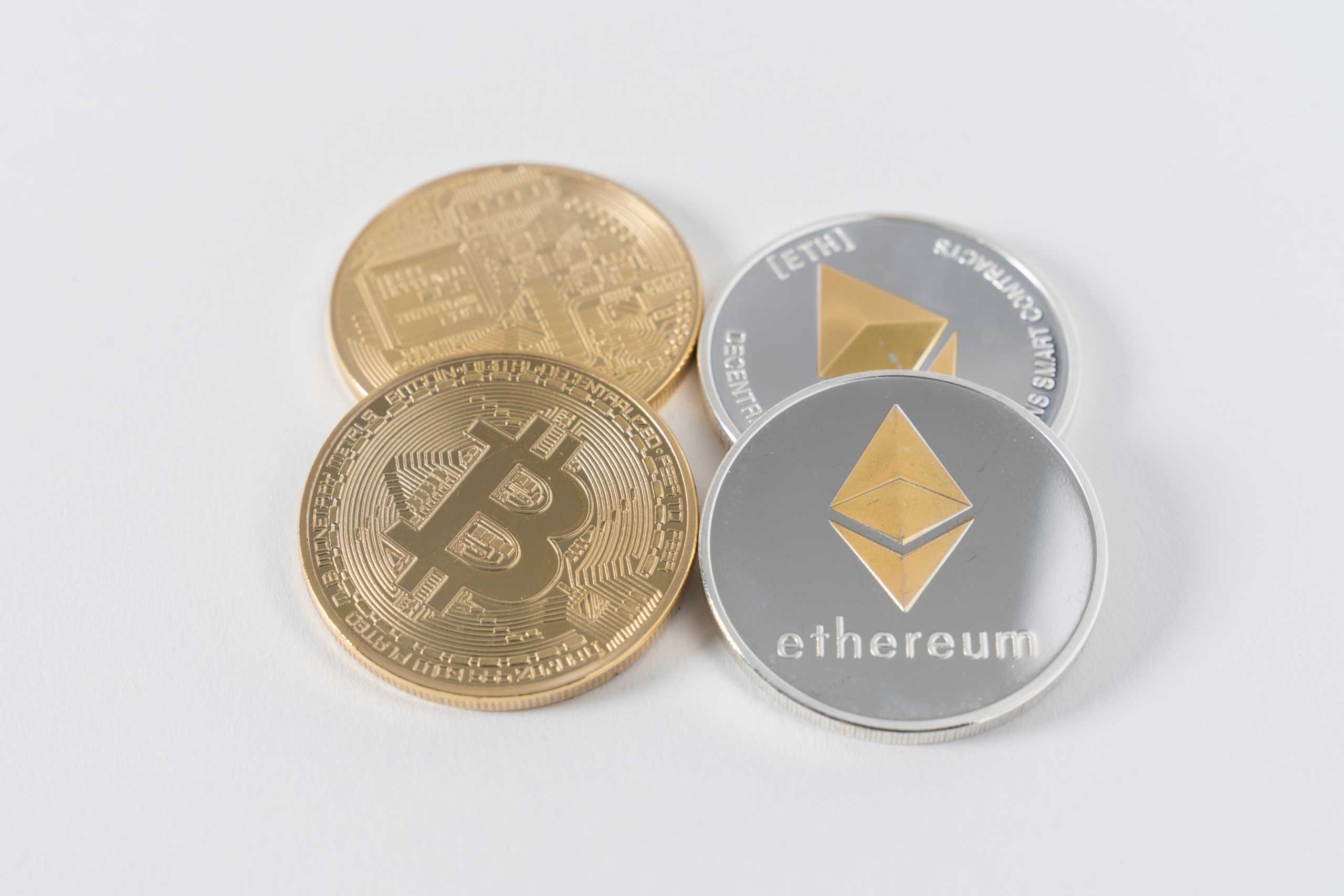
Interest rate trades are among the most widely exchanged financial instruments. Because digital currency https://tribuneonlineng.com/is-bitcoin-safe-from-hackers/, the possibility of utilization in DeFi grows.
Marketplace participants in traditional finance can exchange future interest rate payments with each other. This is frequently completed to protect against losses, handle credit risk, or speculate on future interest rate raises or decreases dependent on market conditions. These swaps can take the form of fixed-to-floating, floating-to-fixed, or floating-to-floating trades, which are all derivative contracts. The particular parties do require ownership of the counterparty’s debt when they engage in a swap. Rather, the rates of interest are switched under a derivative contract, while the loan’s value (notional principal) remains with the original party.
A “vanilla swap” gives one side risk protection of the repaired rate at the time of the other the possibility to profit from a falling floating rate. A compact institution, for example, would rather buy and sell its riskier flying interest levels with a larger institution all set to take on the risk of interest changes. In change, small institutions would be given a set interest rate, which will allow for more exact financial planning. Typically the OTC derivatives market is massive: the notional associated with interest rate offshoot contracts just surpass $488 trillion, in line with the latest figures from your bank for Intercontinental Settlements.
Unfortunately, there was not much movement in the interest rate change market since the 1980s. It has since been affected by payout out costs and large bank fees, which are generally the result of monopoly institutions gaining increased influence over the market. As a result, decentralized funds (DeFi), including the Ethereum-based Tempus protocol, are regarded as a clear option to eliminate the intermediary with a comprehensive and scalable solution.
Defi swaps must be fixed.
Tempus is an Ethereum (ETH)-based decentralized secondary market for yields that allows users to fix or speculate on their revenues. A crucial component of the system is usually the TempusAMM smart deal, which is a one-of-a-kind AMM that allows users to deposit their yield-bearing tokens (YBTs) into a pool with a specified maturity date and earn at a fixed rate or speculate on the upcoming yield for earnings. After YBTs have been filed, Tempus separates them into Principal and Deliver tokens. Users can swap tokens with one another via the TempusAMM. In this sense, Tempus offers a safe alternative to traditional interest swaps.
One of Tempus’ co-founders, Donald Garai, claims: “Each trade’s counterparty is the AMM, which is used to establish the market-implied delivery of our regular. The source of the mended yield inside our system is users who buy and sell all of their Brings for Principals through the AMM then redeem those Rules for the actual asset on Maturation.”
Regularly in Balancer, a large number of are commonly utilized to carry out these swaps in practice. Swap fees and a yield are paid to liquidity providers in exchange for their services.
Each pool follows its own set of regulations and has a different maturity time based on the protocol. Tempus also offers an individual user interface that is simpler to use, allowing users to control their yields with ease.
In addition, the working platform has addressed concerns with fragmented liquidity in yield farms, where the establishment of automated market creators (AMMs) necessitates the employment of stablecoins and other backing bridal parties. In most cases, half of these pools must be put into a supporting token, while the other half must be used for yield farming. As a result, pricing suppliers only make half of what they could in other circumstances. Tempus manages this by, for example, translating ETH start using Lido. The liquidity will be exchanged for Principals and Brings after that. Yield tokens pay a variable rate of interest, whereas Principal tokens pay a fixed rate. Depending on their risk tolerance, customers can then shift back and forth between these two tokens as needed.
The future yield of the masses
Because Tempus is an Ethereum-based technology, the team is preparing Ethereum’s second. 0’s upcoming debut.
“We’ve noticed a lot of institutional interest in trustless set rate ETH second. stakings, which will be our main focus in the coming months. Investors who are hesitant to take risks desire greater information about future stake rewards “Garai concurs.
Tempus has gone live on the Ethereum mainnet, and two LidteethTH pools are currently operational. The platform will launch its second use with Rari Money on January 17, which will support USDC and DAI, with plans to release additional integrations in the coming months.
Tempus has raised $1 million in a seed round and $4 million in a strategic fund-raising round, demonstrating its long-term viability. Copper recently raised $28 billion from some type of token launch sale.
In the long run, Tempus wants to spread its product to other blockchain networks besides Ethereum, and it’s looking into possible clients for both covering one and two.
This news is republished from another source. You can check the original article here



